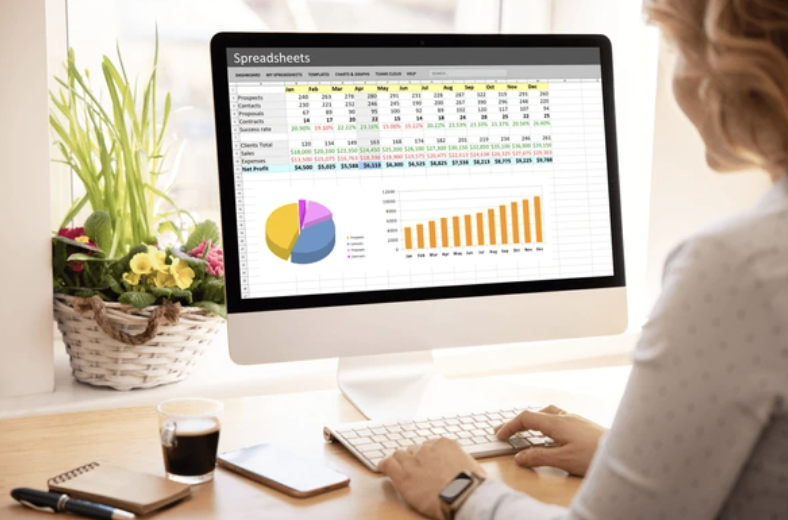Excelling in Excel
I got the opportunity to take a class on Excel and VBA during my time in Undergrad at Wesleyan University. The goal of the class was to learn all the advanced excel functions such as count if, sum if, conditional formatting, VLOOKUP, array formulas, macros and VBA, optimization using Solver, and linear regression, amongst others.
For our final project, I was interested in writing a report on a dataset discussing economic inequality. During my research, I found a report from The Equal Opportunity Project which showed that the richest American men live 15 years longer than the poorest men, and the richest American women live 10 years longer than the poorest women. I was curious to explore if a similar economic inequality in access to healthcare exists on a global scale, comparing the wealthiest countries to poorer ones. To do this, I used a dataset from the World Bank on life expectancy at birth, from 1960 to 2020. I aimed to investigate how global life expectancy has changed over time and how this might relate to wealth at a country scale.
My first step involved data manipulation, where I employed advanced Excel functions such as MATCH, INDIRECT, and VLOOKUP. This phase was crucial, as it laid the groundwork for my analysis by organizing the vast dataset into a more manageable and interpretable format. Moving to the analysis, I first calculated each country’s decal mean life expectancy from the 1960’s to the 2010’s and then the overall variance in each decade. Next, I created a pivot table to examine global trends in mean life expectancy by income group for each decade, and narrowed down my focus to the Middle East and North Africa region for finer level analysis. I uncovered a clear trend of increasing life expectancy over time. This analysis confirmed my hypothesis that a country’s wealth significantly influences its population’s life expectancy. You can find my final report with all the key insights here!
I’ve gained many skills from this process. Beyond learning the advanced functions of Excel, I’ve learned how to approach a large dataset with a critical eye, identify patterns, and extract meaningful insights. This experience has not only honed my technical skills, but also deepened my perspective on the power of data analysis to inform and influence policy and social outcomes.
